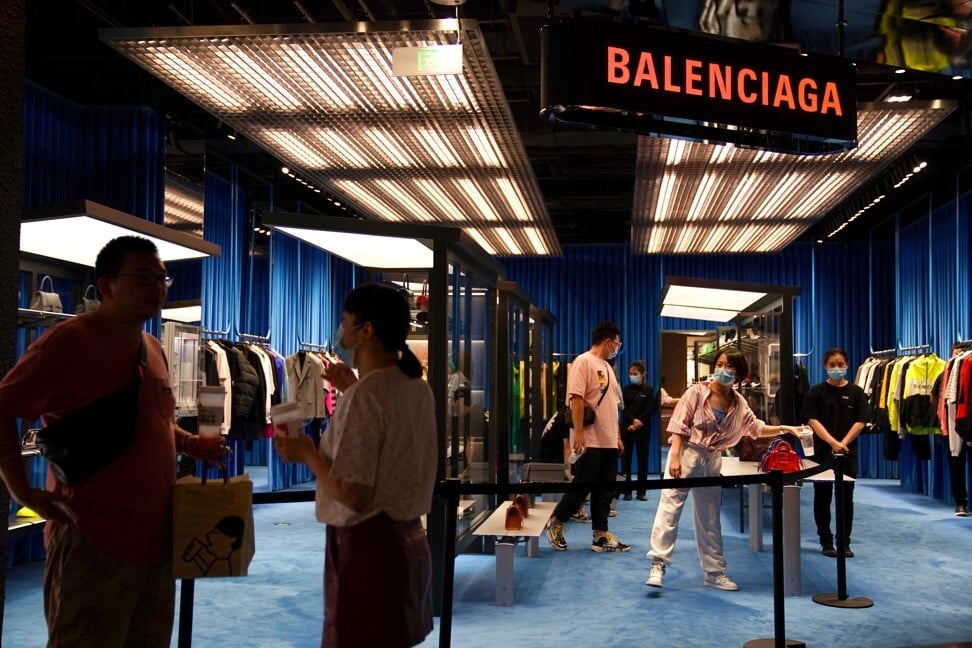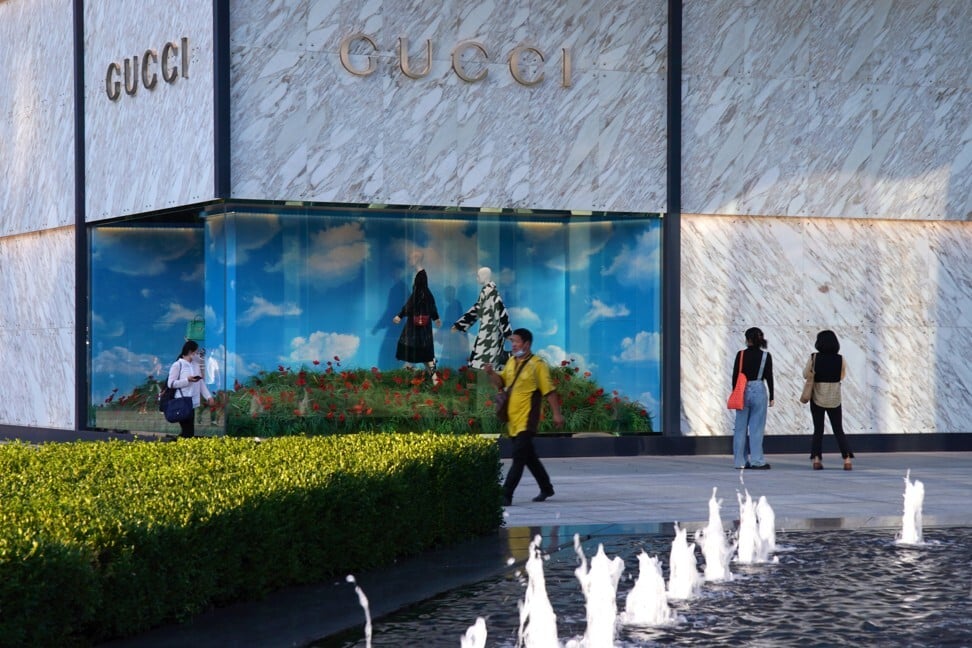
Why American luxury fashion doesn’t sell in China – an ‘ordinary’ image, weak marketing, and few social media influencers
- Chinese see US fashion brands as lacking cachet, and because their marketing is not tailored to the China market they struggle to project the right image
- To improve, they need to adapt to the widespread popularity of mobile platforms and live-streaming. Streetwear offers a chance for them to find new fans
“Any luxury brand that’s not doing well in China is not doing well, full stop.” So says Mario Ortelli, a luxury brand consultant who doesn’t mince his words.
Is this because of US President Donald Trump’s antagonism towards China, or simply because US brands aren’t innovating as quickly and as creatively as those across the Atlantic?

Gu Xiaofeng, a fashion marketing director who lives between California and Shanghai, thinks it is largely the latter.
“I don’t think American brands are losing popularity in China because of the political situation,” he says. “Chinese consumers are smart enough to distinguish between Trump and American society. American brands have also been quick to distance themselves from politics. The recent WeChat ban almost made them look like victims and generated sympathy among Chinese consumers.”
Why Chinese influencers are streets ahead of those in the West
While toxic China-US relations have caused some problems for US retailers, their biggest challenge in China now lies in value positioning.

Equally, the pain of the pandemic is not being spread evenly across the fashion industry. At times like these, brands selling ultra-cheap clothes often do well, as do designer labels that sell a much needed bit of glamour and escapism – it is mid-range and premium retailers that really suffer.
European brands tend to sell themselves on a platform of aspiration, and cultivate the idea that they represent the ultimate in luxury. This makes them far better at peddling status and prestige than most American retailers, many of which were founded in the 20th century to cater to the domestic market and built on the idea of producing well-made clothes for the successful suburban elite. But not for brand-obsessed Chinese teenagers.

“In China, what’s perceived as valuable are items that’ll give the buyer more prestige or clout,” explains Wendy Choi, the chief operating officer of Hong Kong-based retail firm Chain of Demand, “things that will make you look richer and make you seem cooler. But with US brands, they market items that look ‘ordinary’ but at a high price, so it’s neither cheap nor does it have much perceived value.”
Gu agrees. “American brands sort of created the concept of affordable luxury, but in a time when many middle class consumers are constrained by the economic downturn they are more likely to go with affordable rather than luxury,” he says – or buy a one-off design from a European luxury brand that they can treasure for decades.

For years, many American brands relied on advertising campaigns produced in New York and Los Angeles, and on their Hollywood brand ambassadors, to maintain cachet in China, but as Chinese consumers become more sophisticated, these tactics no longer work as well.
“If you think about it, these mass American brands are losing their appeal in North America – long-tail direct-to-consumer retailers (those which sell low volumes of hard-to-find items) are becoming much more popular over there. Chinese consumers are sophisticated: if these brands are losing popularity in the West, they will lose popularity in China too,” says Choi. “West is best” marketing tactics are long past their sell-by date, Choi adds.

“American brands need to be on mobile platforms using KOLs, taking part in [shopping festival] 11/11 and all the other shopping holidays, and familiarising themselves with local habits, like the fact the Chinese skipped the computer era and went straight to mobile,” says Choi. “American brands who don’t have a local team in China really need to catch up.

When it comes to marketing, the best chance that US brands have of cracking China all over again is harnessing some of the fashion trends that have been born in America. They will never be able to rival France or Italy for luxury fashion that makes you dream – or Britain for classic tailoring and young, ultra-creative brands. But they do have New York culture, and many of this century’s major trends have been born on the streets of Manhattan.

